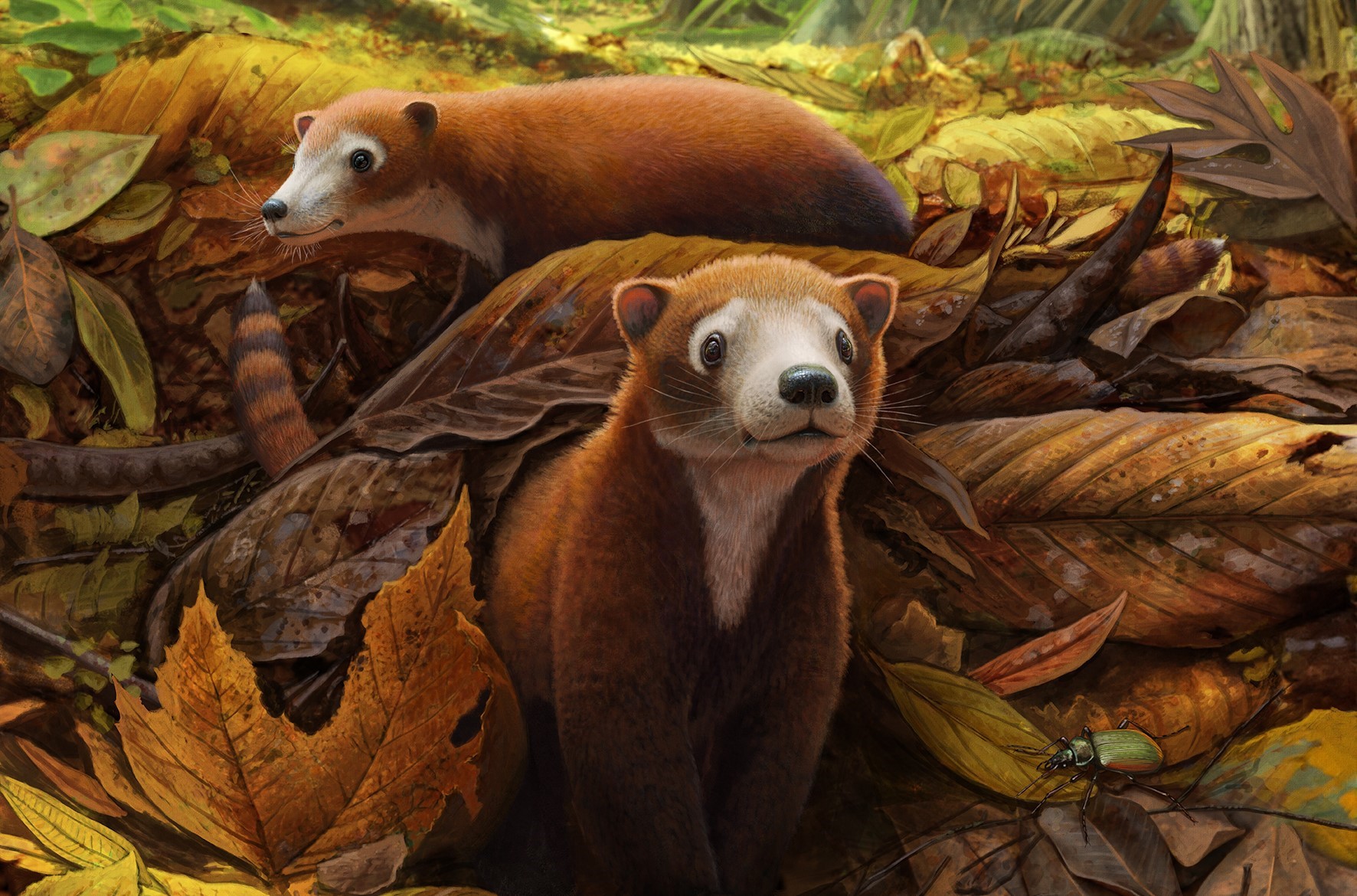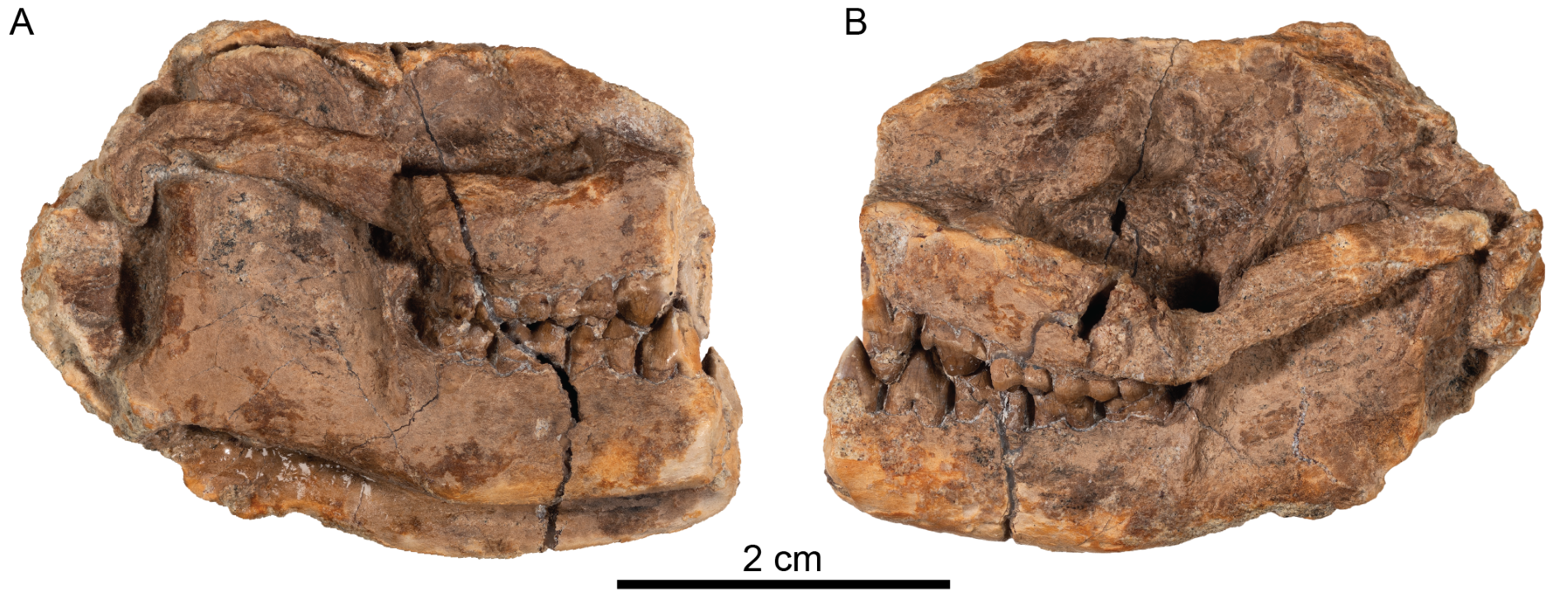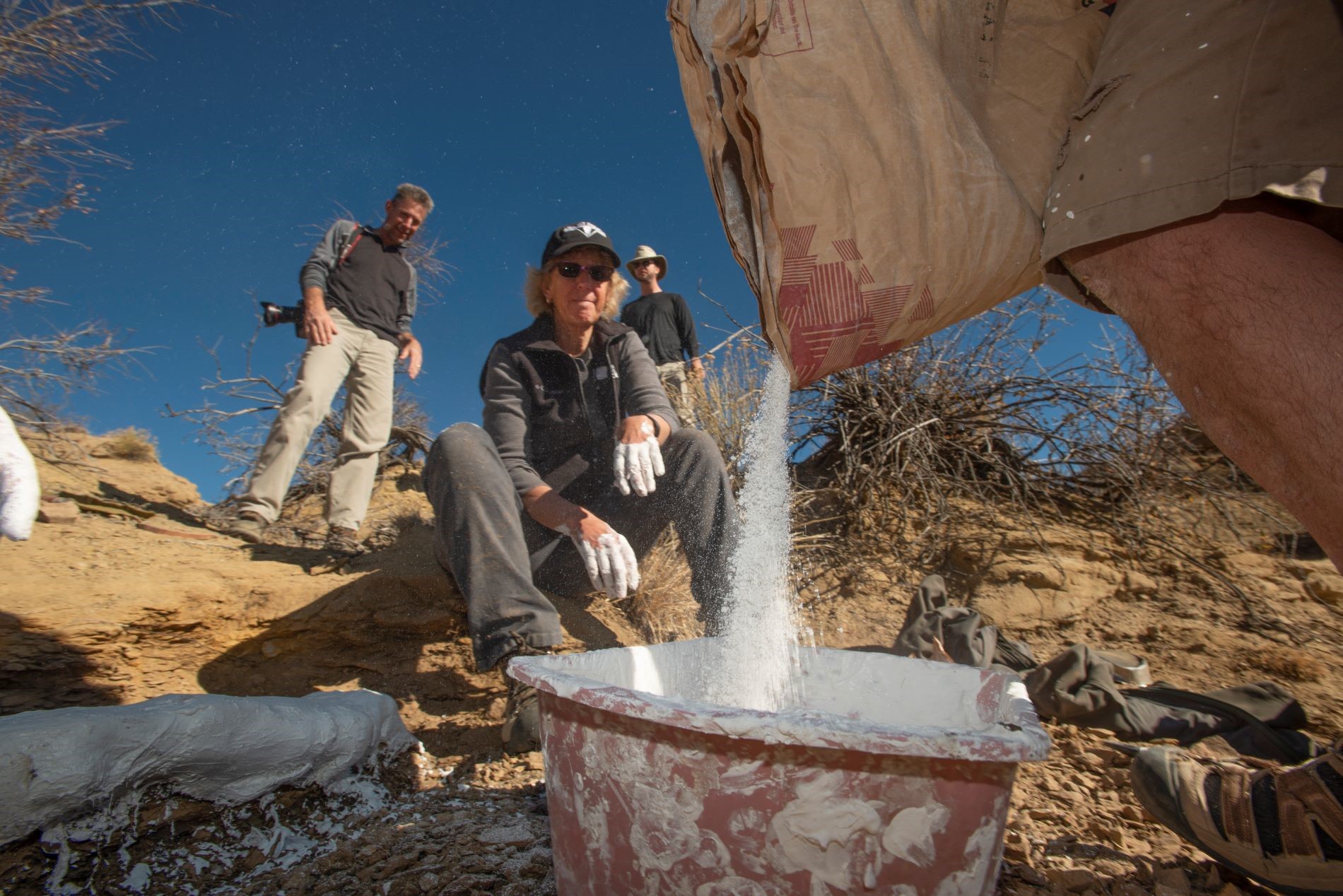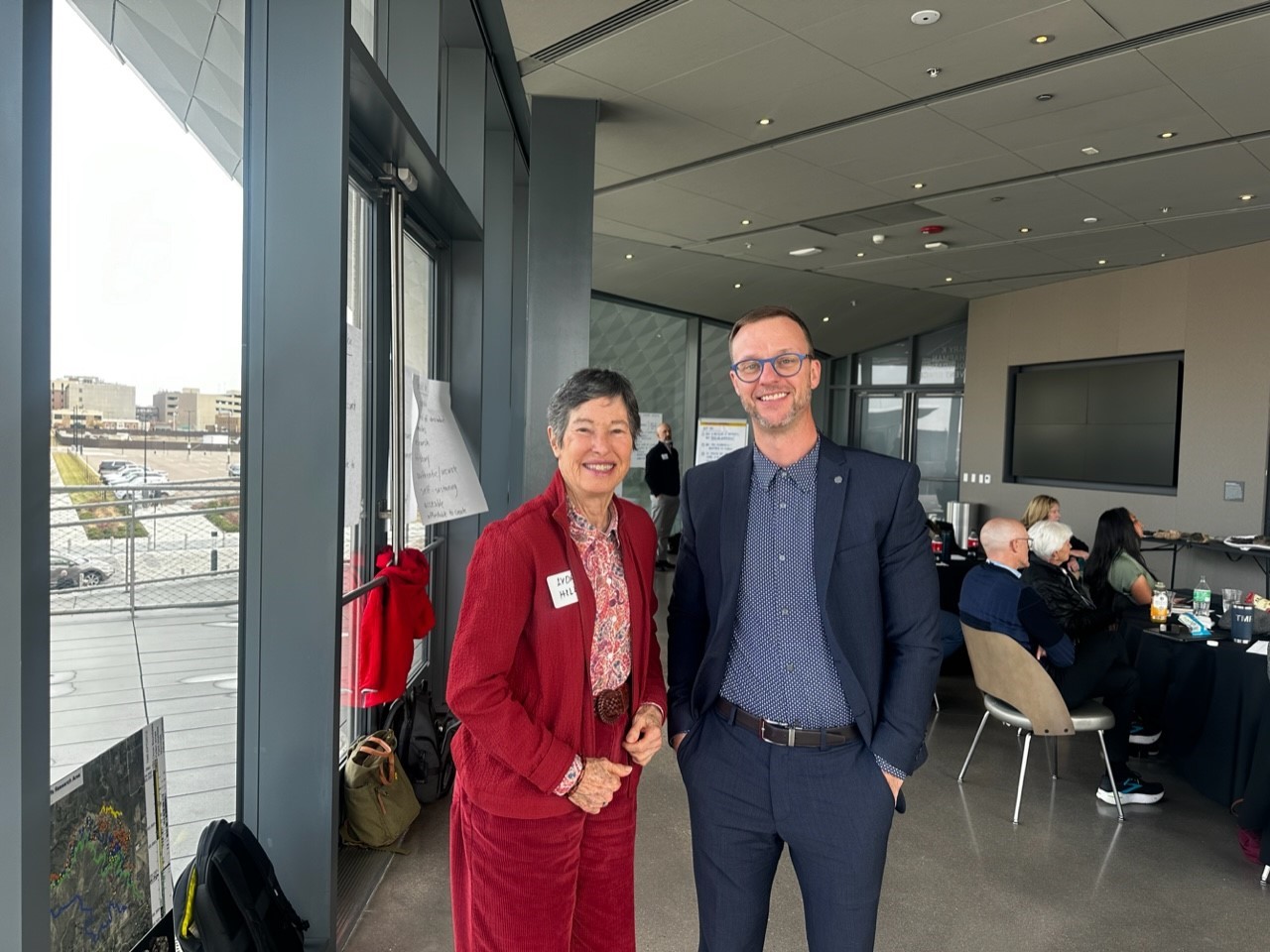Discover the latest news, explore exhibits and connect with the natural world. Visit Catalyst Online
Members receive free admission to the Museum 364 days a year! Become a Member
Take your Museum journey home with you. Visit the Museum Shop
Exciting Fossil Discovery Found in Colorado Springs

Dr. Tyler Lyson, the Museum's Curator of Paleontology, often says that the single worst day for multicellular life on Earth happened 66 million years ago. That’s when a giant asteroid struck off the Yucatan Peninsula in modern-day Mexico causing the extinction of nearly 75% of life on Earth, including all non-avian dinosaurs that had been roaming the planet for over 160 million years. Compared to the thriving ecosystems we find across the world today, the post-impact planet must have felt like a desolate, alien landscape. But, indeed, even in Earth’s darkest hour, life, as it always has, found a way forward.
While dinosaurs dominated the Earth at the time before their extinction, our own group, mammals, were also around and living in the giant creatures' shadows. Most mammals were small, spending their time scurrying around on the ground or in trees, hidden away in cracks and crevices and trying not to get stepped on or eaten. While many mammals went extinct along with all giant dinosaurs, a few species survived the mass extinction event and these surviving lineages eventually gave rise to all modern mammals, including humans. Until recently, however, little was known about these early surviving mammals because scientists hadn’t found many fossils from the years immediately after the extinction of the dinosaurs.

Skull of Militocodon lydae (DMNH EPV.136181) in right and left lateral views. (Photo/ Rick Wicker)
In 2016, however, paleontologists at Denver Musuem of Nature & Science made a groundbreaking discovery uncovering an unprecedented treasure trove of important fossils at Corral Bluffs, on the outskirts of Colorado Springs, that contained important insights into how and when mammals diversified and flourished after the cataclysmic asteroid impact that ended the reign of the dinosaurs.
The discoveries at Corral Bluffs ultimately paved the way for the Denver Museum of Nature & Science to receive a prestigious collaborative research grant from the National Science Foundation's Frontier Research in Earth Sciences program. The nearly $3 million collaborative research grant, led by the Museum with a portion over $1.2 million, is the largest research grant ever received in this institution's more than 120-year history.
In April 2024, Dr. Tyler Lyson and his team announced an exciting discovery of a species collected in Corral Bluffs that lived 65.5 million years ago and is part of a group of animals that gave rise to all modern hoofed mammals, including deer, cows and pigs.
Read more: Museum Scientists Identify New Species of Mammal from Just After the Extinction of the Dinosaurs
The team has identified the remarkably well-preserved fossilized jaw and skull as belonging to a previously undiscovered ancient genus and species — named Militocodon lydae in honor of two key contributors to the Corral Bluffs fossil project: volunteer and retired teacher Sharon Milito, and philanthropist Lyda Hill, who has provided incredible support for scientific research at the Denver Museum of Nature & Science.

Volunteer Sharon Milito helps make a plaster jacket at Corral Bluffs in May, 2016. (Photo/ Rick Wicker)
At around 300 grams, roughly the size of a chinchilla, Militocodon lydae was a small mammal that largely subsisted off insects and plants. The study was published in the Journal of Mammalian Evolution. The scientific analysis and formal description of Militocodon lydae was led by researchers Dr. Lucas Weaver from Kent State University and Jordan Crowell from the City University of New York.
"Rocks from this interval of time have a notoriously poor fossil record and the discovery and description of a fossil mammal skull is an important step forward in documenting the earliest diversification of mammals after Earth’s last mass extinction,” said Dr. Lyson.
Read more: How the Museum Received its Largest Research Grant Ever
The newly described Militocodon lydae fossil provides fresh evidence about what some of those earliest modern mammal cousins looked like and how they were adapting. Researchers will now be able to incorporate this new data into their models of mammalian evolution during this vital chapter in life's history on our planet.

Lyda Hill and Tyler Lyson at an event in Colorado Springs in November, 2023. (Photo/ Tracey Doherty)
This summer, Dr. Lyson and his team of staff, volunteers and intern paleontologists have already been back to Corral Bluffs, digging up more clues about the origins of our distant ancestors in the Colorado rocks. Their findings, including the small and undeniably adorable Militocodon lydae, will provide future researchers across the world a new glimpse into life's remarkable resilience and capacity to adapt and thrive, even in the face of global cataclysm.
This browser is no longer supported.
We have detected you are using a less secure browser - Internet Explorer.
Please download or use Google Chrome, Firefox or if using Windows 10, you may also use Microsoft's Edge browser.